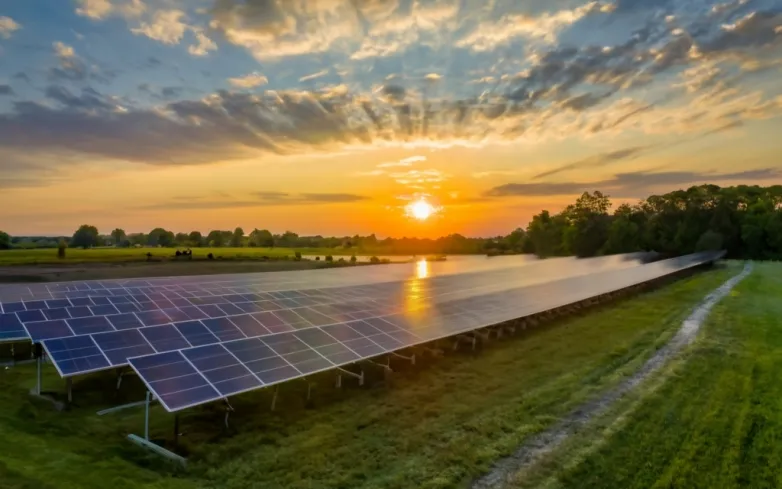ABO Energy Warns of €95 Million 2025 Loss
- ABO Energy warns €95m 2025 loss, blames grid delays, costs, weak prices; pivots to de-risked, contracted builds, hedging and SCADA as activists press for clarity—management calls 2025 the trough.

ABO Energy (ETR: AB9) cut guidance, forecasting a 2025 consolidated net loss of about €95 million, citing slower interconnections, pricier grid components and a tougher power-price backdrop that is complicating asset exits and refinancing. The developer is prioritizing projects with de-risked permits, strong nodes and committed offtake while trimming harder-to-control schedules.
To steady cash conversion, ABO is shifting to more contracted offtake, earlier hedging and selective sell-downs at COD, alongside fleetwide SCADA, predictive maintenance and standardized builds. Onshore wind and utility-scale solar remain core, with hybrid PV-plus-storage rising. Activists seek clearer disclosure on pipeline, queues and disposals. Management frames 2025 as a trough.
How will ABO Energy’s 2025 reset reshape its pipeline, offtake, and asset strategy?
Pipeline reshaping
- Aggressive triage toward late-stage, fully permitted nodes with interconnection certainty; active culling or pausing of queue positions lacking clear upgrade timelines or milestone security
- Pivot to markets and grids with transparent queue reforms and achievable energization dates; deprioritize congested zones with high basis risk
- Greater share of hybrids: PV + storage, wind + storage, and retrofit storage on existing sites to win grid access and boost capacity factors
- Repowering and life-extension programs to unlock faster MW additions versus greenfield, especially in wind-heavy portfolios
- Structured co-development and joint ventures to share capex and grid-upgrade costs; use EPC frameworks and standardized designs to compress NTP-to-COD cycle
- New KPIs around conversion rate, interconnection milestones hit/missed, and NTP cadence to satisfy activist demands for transparency
Offtake strategy
- Heavier tilt to contracted revenues: more long-term corporate PPAs, utility offtake, and CfDs where available; reduce pure-merchant exposure caps per asset/portfolio
- Earlier and layered hedging (pre-NTP and post-COD) with a mix of pay-as-produced PPAs, baseload strips, and proxy revenue swaps to manage profile and shape risk
- Node/basis risk management via congestion hedges (FTRs/CRRs where applicable), nodal-settled PPAs, and siting at strong nodes to stabilize realized prices
- Shorter-tenor PPAs paired with rolling hedges in volatile markets; longer tenors in stable regulatory regimes to anchor financing
- Curtailment and imbalance risk reductions through tighter forecasting, co-located storage for arbitrage and ancillary services, and availability guarantees in PPA terms
Asset and capital strategy
- Selective sell-downs at or near COD to recycle capital while retaining minority stakes or O&M to preserve recurring cash flows
- Balance-sheet light growth: sell development rights earlier on grid-challenged projects; hold-and-operate bias for de-risked, contracted assets
- Portfolio optimization: swap out high-upgrade-cost queue positions; prioritize assets that clear financing on investment-grade PPAs and standard debt packages
- Fleetwide digitalization (SCADA, predictive maintenance) and modular BoP to lower opex and capex variability; standard vendor panels for faster refinancing
- Financing toolkit refresh: greater use of asset-backed term loans, construction revolvers, and potential securitization of contracted cash flows
- Storage monetization: revenue stacking (energy, ancillary, capacity) to enhance project IRRs and backstop merchant tails
- Enhanced disclosures on pipeline stages, queue deposits, interconnection cost exposure, and disposal proceeds to address activist scrutiny
Also read

